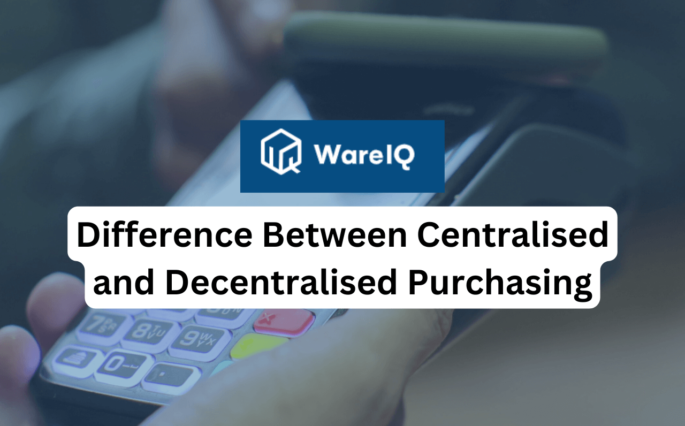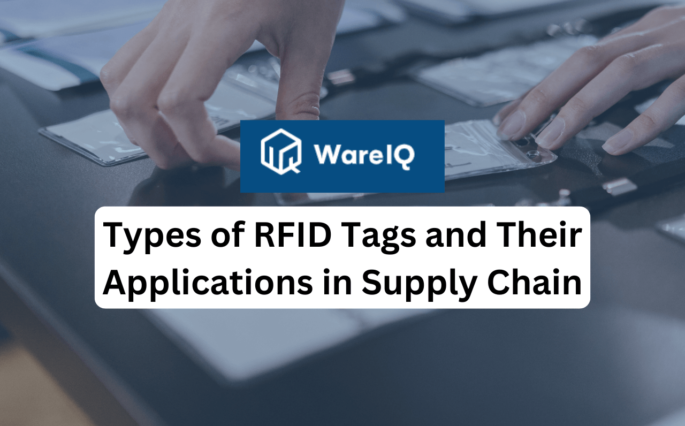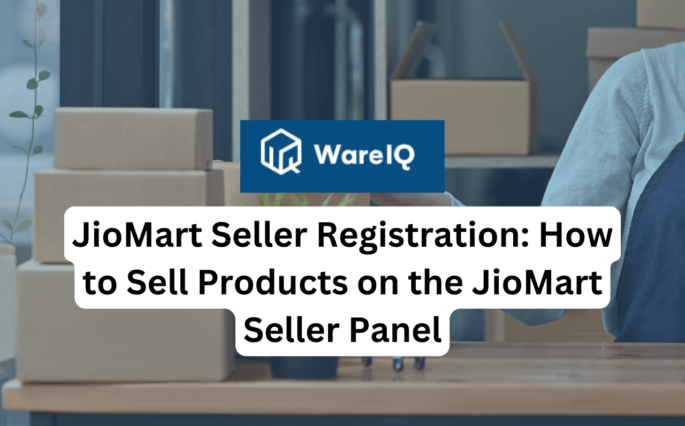FTL Shipping Guide: Navigating Full Truckload Freight


In the intricate landscape of supply chain and logistics, the utilisation of Full Truckload (FTL) shipping emerges as a pivotal strategy. This comprehensive guide strives to unravel the complexities surrounding FTL shipping, offering profound insights into its mechanisms and processes for optimising Full Truckload Freight operations. FTL, denoting Full Truckload, signifies a freight transportation mode where a shipment exclusively occupies an entire truck, ensuring a dedicated and streamlined solution compared to Less-Than-Truckload (LTL) alternatives.
- What Is FTL Shipping?
- What Is Full Truckload Freight?
- Comprehensive Guide for FTL Shipping
- Ways of Shipping Full Truckload Freight
- Conclusion
- FAQs About FTL Shipping Guide
- What is the FTL full form, and how does it differ from LTL?
- How does FTL shipping tracking work, and why is it important?
- What are the benefits of FTL logistics for businesses with large quantities of goods?
- Can businesses save costs with FTL shipping compared to LTL?
- How can businesses ensure the safety of FTL shipments?
- Is FTL shipping suitable for time-sensitive shipments?
- What role does technology play in FTL shipping operations?
- How can businesses streamline loading and unloading processes for FTL shipments?
- What is the significance of FTL shipping in optimising supply chain efficiency?
- How does intermodal FTL contribute to sustainability in freight transportation?
What Is FTL Shipping?
FTL Shipping is a strategic freight transportation method wherein the entirety of a truck’s capacity is reserved for a single customer’s cargo. In stark contrast to Less-Than-Truckload (LTL) shipments, which amalgamate multiple shipments from various customers, FTL shipments provide an exclusive and direct route for a specific load. This mode of shipping proves particularly advantageous for businesses dealing with substantial quantities of goods, promising expedited delivery times and a reduced risk of damage associated with multiple handling points.
What Is Full Truckload Freight?
Full Truckload Freight refers to the total cargo volume that can be accommodated within a standard truck trailer. The distinctive feature of FTL freight lies in its exclusivity—shippers pay for the complete use of the truck, regardless of whether the available space is fully utilised. This approach not only enhances security but also mitigates the likelihood of damage during transit since the cargo remains untouched and is not transferred between multiple trucks.
Comprehensive Guide for FTL Shipping
Navigating the nuances of FTL shipping requires a strategic approach. Here are essential guides to ensure seamless FTL operations:
- Precise Shipment Dimensions and Weight
Accurate measurements and weight details are critical for optimal trailer utilisation, preventing complications during transit. Utilise advanced technologies like dimensioning systems to ensure precision.
- Effective Packaging
Secure packaging is paramount to minimise the risk of damage. Employ robust packaging materials and implement strategic stacking techniques to enhance cargo protection during FTL shipping.
- Strategic Route Planning
Meticulous route planning is essential to optimise fuel efficiency and ensure timely deliveries. Leverage route optimisation software and real-time traffic updates for efficient FTL operations.
- Carrier Selection
Choosing the suitable carriers is a pivotal decision. Consider carrier reputation, equipment reliability, adherence to delivery schedules, and use FTL logistics software for comprehensive carrier management.
- Compliance With Regulations
Stay abreast of transportation regulations to avoid delays and legal issues. This includes understanding weight limits, documentation requirements, and safety protocols. Implementing a robust compliance management system is crucial.
- Advanced Technology Integration
The integration of advanced technologies enhances FTL shipping operations. Utilise GPS tracking, Electronic Logging Devices (ELDs), and communication platforms for real-time visibility and communication.
- Optimised Loading and Unloading
Streamlining loading and unloading processes is essential to minimise dwell times. Invest in modern warehouse management systems and collaborate closely with carriers to enhance efficiency.
- Continuous Communication
Maintaining open communication channels between stakeholders is vital. Implement communication platforms to facilitate seamless coordination and address any issues promptly, fostering a proactive approach.
Ways of Shipping Full Truckload Freight
Shipping Full Truckload Freight involves various methods tailored to meet specific business requirements:
- Dedicated Truck Service
Opt for dedicated truck services to ensure exclusive use of a truck for a single shipment, enhancing security and minimising handling points.
- Partial Truckload Shipping
For shipments that do not fill an entire truck, partial truckload shipping allows businesses to share space and costs with other shippers while still benefiting from FTL advantages.
- Expedited Full Truckload
Expedited FTL services prioritise faster transit times, making them ideal for time-sensitive shipments that demand swift delivery.
- Intermodal FTL
Embrace intermodal FTL by combining truck and rail transportation for long-distance shipments. This cost-effective option contributes to environmental sustainability.
Conclusion
In conclusion, mastering the art of FTL shipping is imperative for businesses seeking efficiency, security, and reliability in freight transportation. A nuanced understanding of FTL shipping, coupled with strategic planning and technology integration, ensures a seamless and optimised logistics operation.
FAQs About FTL Shipping Guide
What is the FTL full form, and how does it differ from LTL?
The FTL full form is Full Truckload, representing a shipping mode where a single customer’s cargo occupies the entire truck. In contrast, LTL (Less-than-Truckload) combines multiple shipments from different customers into one truck.
How does FTL shipping tracking work, and why is it important?
FTL shipping tracking involves real-time monitoring of the shipment’s location and status, ensuring visibility, addressing potential issues proactively, and providing accurate delivery timelines.
What are the benefits of FTL logistics for businesses with large quantities of goods?
FTL logistics offer dedicated and direct transportation for large quantities of goods, ensuring quicker delivery times, reduced handling, and increased security compared to LTL alternatives.
Can businesses save costs with FTL shipping compared to LTL?
While FTL shipping may have a higher upfront cost, businesses can achieve cost savings through faster transit times, reduced risk of damage, and optimised trailer utilisation.
How can businesses ensure the safety of FTL shipments?
Ensuring precise packaging, strategic route planning, selecting reliable carriers, and utilising advanced technology contribute to the safety of FTL shipments, minimising the risk of damage or loss.
Is FTL shipping suitable for time-sensitive shipments?
Yes, expedited FTL services are specifically designed for time-sensitive shipments, providing faster transit times and prioritised delivery.
What role does technology play in FTL shipping operations?
Technology, including GPS tracking, ELDs, and communication platforms, enhances FTL shipping operations by providing real-time visibility, improving communication, and optimising logistics processes.
How can businesses streamline loading and unloading processes for FTL shipments?
Streamlining loading and unloading involves efficient warehouse operations, well-organised docks, and coordination with carriers to minimise dwell times and enhance overall productivity.
What is the significance of FTL shipping in optimising supply chain efficiency?
FTL shipping plays a crucial role in optimising supply chain efficiency by providing dedicated and direct transportation, reducing handling points, and ensuring faster delivery times.
How does intermodal FTL contribute to sustainability in freight transportation?
Intermodal FTL, combining truck and rail, reduces the environmental impact of freight transportation by utilising more fuel-efficient rail transport for long-distance segments.








